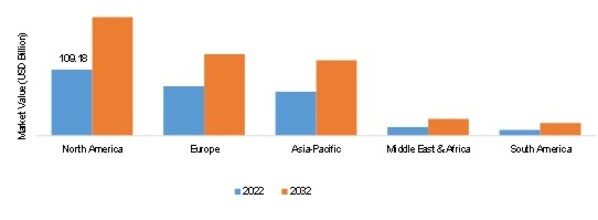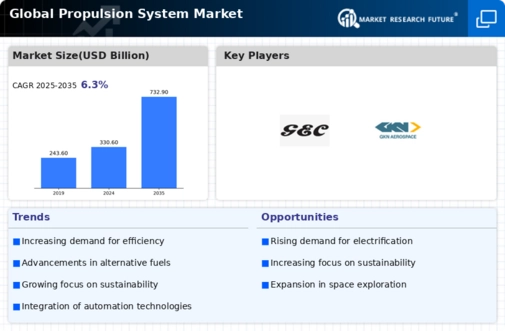Based on Region, the global Propulsion System is segmented into North America, Europe, Asia-Pacific, Middle East & Africa, and South America. Further, the major countries studied in the market report are the U.S., Canada, Germany, UK, Italy, Spain, China, Japan, India, Australia, UAE, and Brazil.
The Asia Pacific Propulsion System market is a growing segment of the global Propulsion System industry, which is focused on the production of stamped metal parts and components used in the manufacturing of vehicles. The Asia Pacific region includes countries such as China, Japan, India, South Korea, and several Southeast Asian nations, and is home to some of the world's largest automotive markets. The Propulsion System market in this region is being fueled by various factors, including a rapidly expanding population, increasing urbanization, and a growing demand for automobiles.
Furthermore, the growth of the region's manufacturing industry and the trend toward electric and hybrid vehicles are contributing to the market's expansion. The Asia Pacific Propulsion System market is characterized by the presence of established and large Propulsion System companies, as well as many smaller and emerging players. These companies are dedicated to developing innovative stamping processes and technologies to improve efficiency, reduce costs, and enhance the quality of stamped metal parts and components. Overall, the Asia Pacific Propulsion System market is a highly dynamic and growing segment of the global automotive industry.
As the region's automotive and manufacturing sectors continue to mature, this market is expected to continue expanding in the foreseeable future.
North America is home to a thriving propulsion system industry that plays a crucial role in various sectors, including aerospace, automotive, marine, and defense. The region hosts several prominent companies, research institutions, and organizations dedicated to the development, manufacturing, and innovation of propulsion systems. In aerospace, North America showcases industry leaders like Boeing, Lockheed Martin, and SpaceX, driving propulsion system advancements for commercial and military aircraft, as well as space exploration. These companies make substantial investments in research and development to enhance efficiency, reduce emissions, and optimize overall performance of propulsion systems.
The marine industry in North America relies on propulsion systems for diverse vessels such as ships, boats, and submarines. General Electric, Caterpillar, and Rolls-Royce are notable contributors, involved in developing and manufacturing propulsion systems for marine applications, including diesel engines, gas turbines, and electric propulsion systems. The defense sector in North America heavily depends on advanced propulsion systems for military aircraft, missiles, and unmanned aerial vehicles (UAVs). Key players such as Pratt & Whitney, Northrop Grumman, and Raytheon Technologies focus on cutting-edge propulsion technologies to enhance performance, speed, and stealth capabilities.
Collaboration between academia, government agencies, and private enterprises strengthens North America's propulsion system industry. Research institutions like NASA, MIT, and the Jet Propulsion Laboratory actively contribute to propulsion technology advancements through research, testing, and knowledge sharing. Overall, North America's propulsion system industry is dynamic and innovative, driving progress across aerospace, automotive, marine, and defense domains. With a strong emphasis on sustainability, efficiency, and performance, North American companies and institutions continue to shape the future of propulsion systems.
FIGURE 2: PROPULSION SYSTEM MARKET SIZE BY REGION 2022 VS 2032, (USD BILLION)

Source: Secondary Research, Primary Research, Market Research Future Database, and Analyst Review




